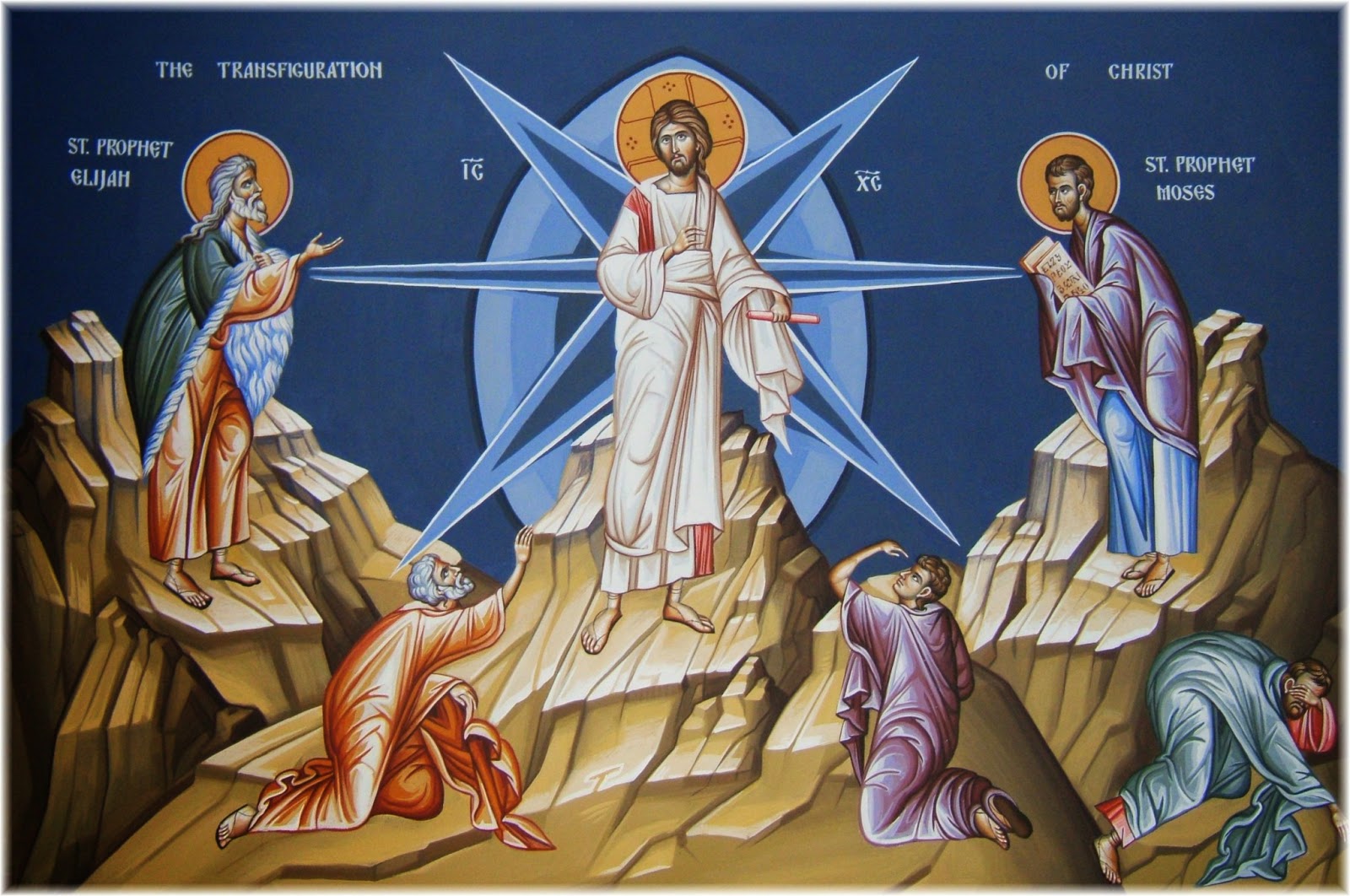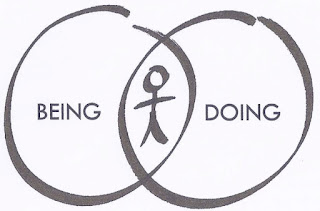Transformers
This Sunday we hear the gospel story of the
Transfiguration (Matthew 17:1-9). Here are a few random reflections and
different meanings that can be taken from this passage.
PASSING THE TORCH
At our parish’s young adult faith formation
gathering we were doing visio divina
(meditating on various artistic renderings of the gospel story). After
mentioning that Moses and Elijah represented the Law and the Prophets, one of
the guys observed that this event was like a passing of the torch from them to
the Church represented by Christ and the apostles. In Christ both the Law and
the Prophets are fulfilled, particularly in his obedience “unto death” on the
cross. Preparing for his final journey to Jerusalem, Jesus meets with Elijah
and Moses as if to take on from them the burdens they carried so that he could
bring them to the cross and perfect them.
Present with Christ on the mountain were
Peter, James and John. These apostles represent the Church in very unique ways.
Peter represents the authority of the Church, the magisterium and governance of
the Body of Christ. John has always been seen (especially in his gospel) as
representative of the mystical element of the Church. He represents the heart,
prayer, contemplation. James, the brother of John, was the first apostle to be
martyred. He represents those who give witness to the gospel through suffering
and shedding their blood. Present in the apostles are representatives of all
the members of the Body of Christ and they witness this passing on from the Old
Covenant (Law & Prophets) to the New Covenant (Jesus).
THREE IN ONE
Have you noticed the presence of the Trinity
in the story of the transfiguration? The clue is in Matthew 17:5, which says, “While
he was still speaking, behold, a bright cloud cast a shadow over them, then
from the cloud came a voice that said, “This is my beloved Son, with whom I am
well pleased; listen to him.” We obviously have the presence of the Father in
the voice, and Jesus is the Son, so where is the Holy Spirit? In the cloud. The
phrase “a bright cloud cast a shadow over them” is phrased as “overshadowed” in
other translations. In the Greek it is the same word (episkiazo) that is used to describe how Christ was conceived, “The
Holy Spirit will come upon you, and the power of the Most High will overshadow you.” (Luke 1:35) The
presence of God is often associated with a cloud, and the Catechism even lists
this imagery as a symbol of the Holy Spirit (CCC #697). So, here in this
passage, just like the story of the baptism of Jesus and the instructions of
the Great Commission, we can find biblical evidence for the Trinity.
COMING ATTRACTIONS
 Finally, the transfiguration of Christ
foreshadows two other significant transformations and gives a glimpse or
foretaste of what is to come for the apostles. Seeing Christ in this glorified
form was a prophetic sign of the resurrection. The story of the transfiguration
itself is set within the context of Jesus’ passion, death and resurrection.
Right before this event (in Matt. 16) Jesus was with the apostles at Caesarea
Philippi asking them who the people, and who they thought he was. Simon gives
his famous confession and Jesus changes his name to Peter and promises him
authority over his Church. Then Jesus gives his first prophecy about his death
and resurrection. The transfiguration is the next event to take place in
Matthew’s gospel and immediately after it Jesus tells the apostles not to speak
of it “until the Son of Man has been raised from the dead.” What Peter, James
and John unknowingly witnessed was Christ pulling back the veil and providing a
glimpse of his glorified body, radiant as the sun. This vision should have been
one of those memory markers for them to understand what was happening during
the passion and immediately give them a context for understanding Mary’s
testimony on Easter morning.
Finally, the transfiguration of Christ
foreshadows two other significant transformations and gives a glimpse or
foretaste of what is to come for the apostles. Seeing Christ in this glorified
form was a prophetic sign of the resurrection. The story of the transfiguration
itself is set within the context of Jesus’ passion, death and resurrection.
Right before this event (in Matt. 16) Jesus was with the apostles at Caesarea
Philippi asking them who the people, and who they thought he was. Simon gives
his famous confession and Jesus changes his name to Peter and promises him
authority over his Church. Then Jesus gives his first prophecy about his death
and resurrection. The transfiguration is the next event to take place in
Matthew’s gospel and immediately after it Jesus tells the apostles not to speak
of it “until the Son of Man has been raised from the dead.” What Peter, James
and John unknowingly witnessed was Christ pulling back the veil and providing a
glimpse of his glorified body, radiant as the sun. This vision should have been
one of those memory markers for them to understand what was happening during
the passion and immediately give them a context for understanding Mary’s
testimony on Easter morning.
We should also recognize in the
transfiguration the reality of the transubstantiation of bread and wine into
the body and blood, soul and divinity of Christ. Jesus’ body was transformed
before the eyes of Peter, James and John into some otherworldly form. At every
mass, by the power of the same Holy Spirit present at the Incarnation and
Transfiguration, simple bread and wine undergo a similar otherworldly change.
If only we could see with our physical eyes the spiritual realities taking
place and present in the Blessed Sacrament, we would see the same glorified
body of Christ shining forth from the tabernacle or monstrance that Peter,
James and John saw on that mountain. They came away transformed from that
encounter. We too ought to be transformed when we encounter Jesus in the
Eucharist.






Comments